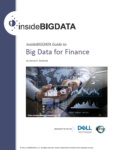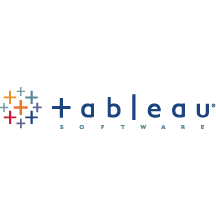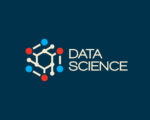insideBIGDATA Guide to Big Data for Finance
This insideBIGDATA technology guide sponsored by Dell Technologies, insideBIGDATA Guide to Big Data for Finance, provides direction for enterprise thought leaders on ways of leveraging big data technologies in support of analytics proficiencies designed to work more independently and effectively …






